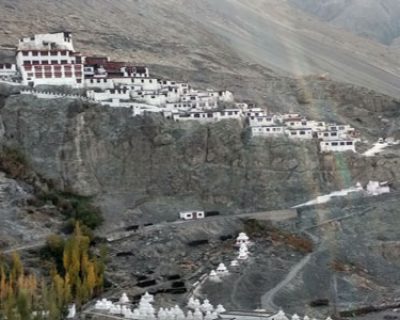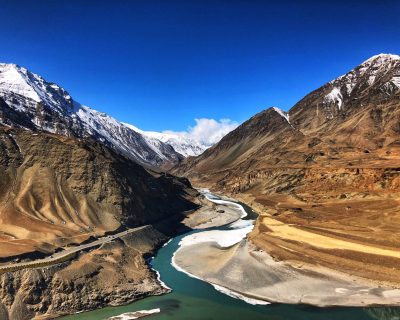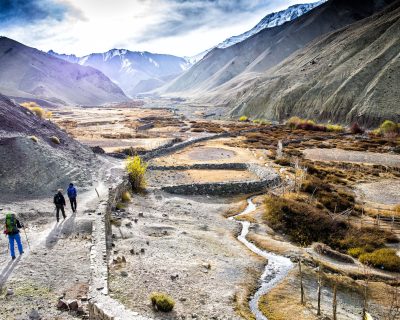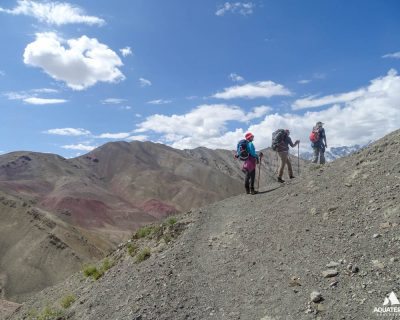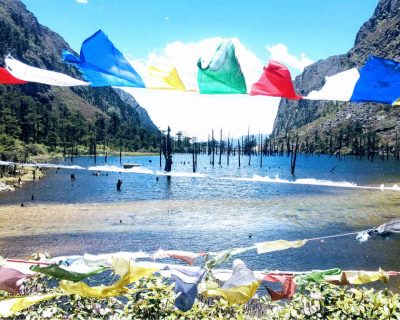Discover Ladakh
exclusive ladakh packages
The stark landscapes of Ladakh in Northern India draws all kinds of travellers. Some are happy simply walking around Leh, mesmerizing the mountains and the monasteries, while others spend weeks traversing some of India’s toughest terrain in the mighty Himalaya.
Please Note: Considering how remote Ladakh is, water scarcity and waste management are a big challenge. To do your bits, please consider taking only short showers bringing a reusable water bottle which you can refill and use anytime.
The stark landscapes of Ladakh in Northern India draws all kinds of travellers. Some are happy simply walking around Leh, mesmerizing the mountains and the monasteries, while others spend weeks traversing some of India’s toughest terrain in the mighty Himalaya.
Please Note: Considering how remote Ladakh is, water scarcity and waste management are a big challenge. To do your bits, please consider taking only short showers bringing a reusable water bottle which you can refill and use anytime.
Ladakh, also known as the ‘land of high passes’ is a region in the Northern India sandwiched between the Kunlun mountain range in the North and the Great Himalayas in the South. It is inhabited by people of Indo-Aryans and Tibetan descent. Ladakh has its own unique history, culture and traditions.Ladakh has become renowned for the Himalayan beauty and Buddhist culture. Sometimes it’s called ‘The little Tibet’ due to the strong influence by Tibetan culture.
Capital: Leh
Area: 98000 sqkm.
Altitude: Ranges from 2500m to 7742m.
Languages: Ladakhi (Predominant), Zanskari, Tibetan, English and Hindi.
Population: 274000 approx.
Rock carvings have been found in many parts of Ladakh, showing that the area has been inhabited from the Newlithic times. Ladakh’s earliest inhabitants consisted of a mixed Indo-Aryan population. In the second century, Buddhism came to western Ladakh. For nearly two centuries, until about 1600, Ladakh experienced raids and invasions from neighboring Muslim states, which led to weakening and fracturing of Ladakh and partial conversion of Ladakhi to Islam.
The Kingdom enjoyed a golden age in the early 1600 when King Bhagan reunited and strengthendLadakh and founded the Namgyal dynasty. The Namgyal repelled most of central Asian raiders and temporarily extended the kingdom as far as Nepal. During the 19th century, Ladakh was invaded by the Dogra army from Jammu and became the state of Jammu and Kashmir.
On 31st Oct 2019, Ladakh was separated from the rest of Jammu and Kashmir and became an independent state (Union territory). Ladakh is divided into 2 district – Leh and Kargil district (which include Zanskar).
Ladakh, a high altitude desert in the Himalaya create a rain shadow, denies entry to monsoon clouds. The winter snowfall on the mountains constitute the main source of water. In summer, temperature reaches to 30 degreeC and drops down to -20 DegreeC in winter. The high passes are closed during winter due to heavy snowfall.
Acclimatization is one of the important things to prepare for while planning a trip to Ladakh. Leh and most of the places in Ladakh are located above the altitude of 10,000ft. Thus visitors may suffer from dizziness, headache, or even acute mountain sickness (AMS).
Sickness during Ladakh trip is pretty common if one flies or drives to such higher altitude directly. One has to experience quite extreme consequences. With the increase in altitude, things can get more serious. Therefore, before you set your foot out of your home to go to Ladakh, you should be aware of what altitude sickness and how to prevent from it.
It is advisable to spend at least one day rest to acclimatize before you set out for your adventures. Drink plenty of water or other fluids such as soup, green tea and juice.
By Air: There are direct flights operating from Delhi and 1 direct flight from Mumbai. Flights are reliable in summer, while in winter there are sometimes cancellations due to heavy snowfall. Flight ticket can become very expensive during the peak season.
By road: Ladakh by road is accessible whole year round through Manali passing the tunnel. The road via Srinagar highway is open only in summer from June. In winter it remains closed due to heavy snowfall.
The Restricted Areas are located near the Line of Control (border with Pakistan) and the Line of Actual Control (border with China). There are several check posts on the roads leading to these areas.
You need an Inner Line Permit to visit the following places:
- Khardung La Pass, Nubra valley and Shayok
- Chang La Pass, Tangtse and Pangong Lake
- Chumathang, Tsaga La and Tso Moriri Lake
- Dha-Hanu Valley and Batalik
You do not need an Inner Line Permit to travel along the Leh-Manali Road and the Leh-Srinagar Road.
Special cases
- Visitors from Afghanistan, Bangladesh, China, Myanmar, Pakistan and Sri Lanka will not be able to obtain a permit from the Deputy Commissioner’s Office in Leh. They will have to apply for an Inner Line Permit from the Ministry of Home Affairs in New Delhi
- Foreigners holding a diplomatic passport and members of the United Nations will have to apply for an Inner Line Permit from the Ministry of External affaire in New Delhi.

